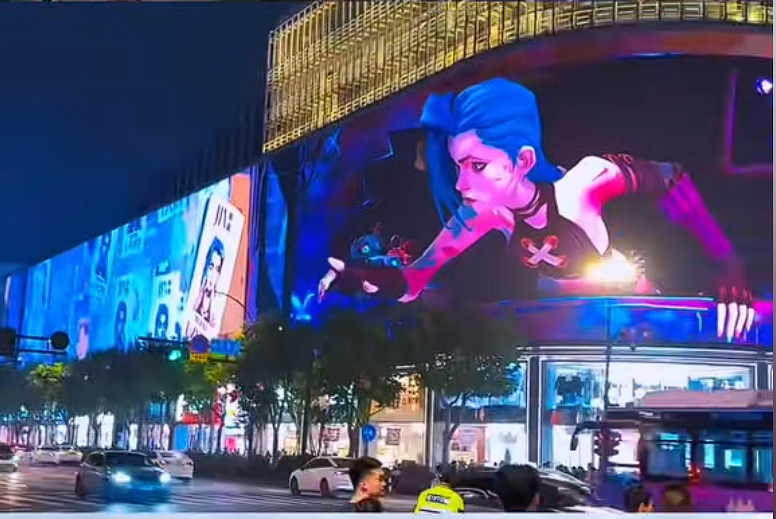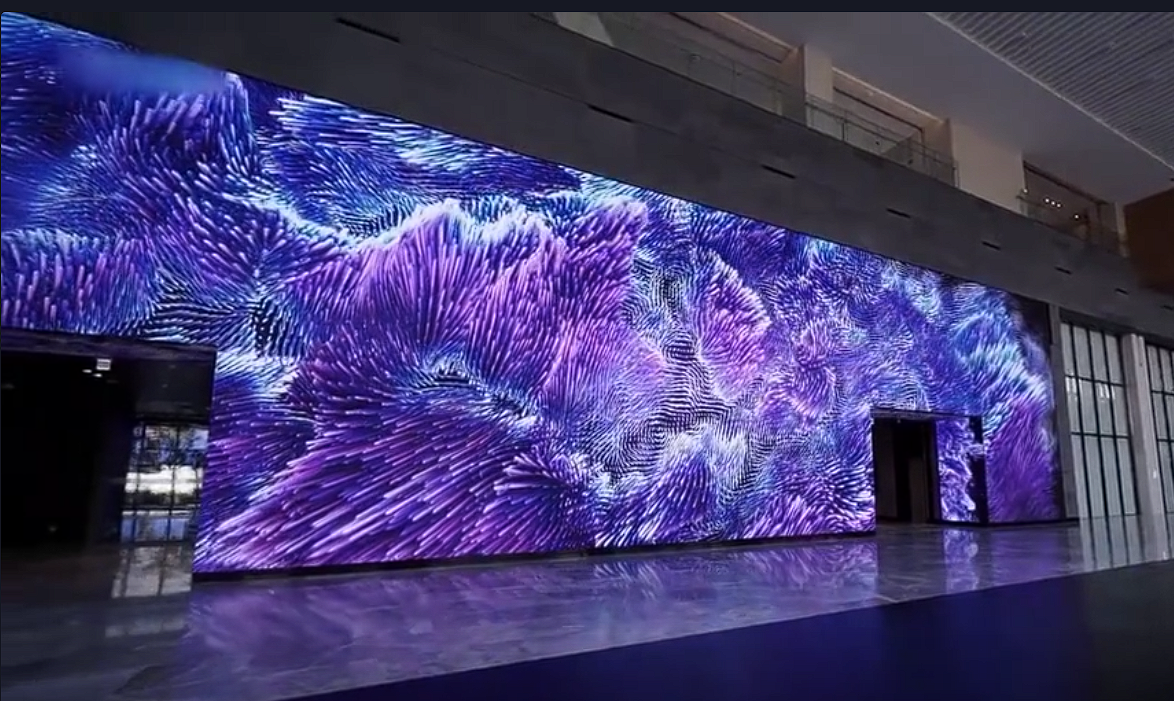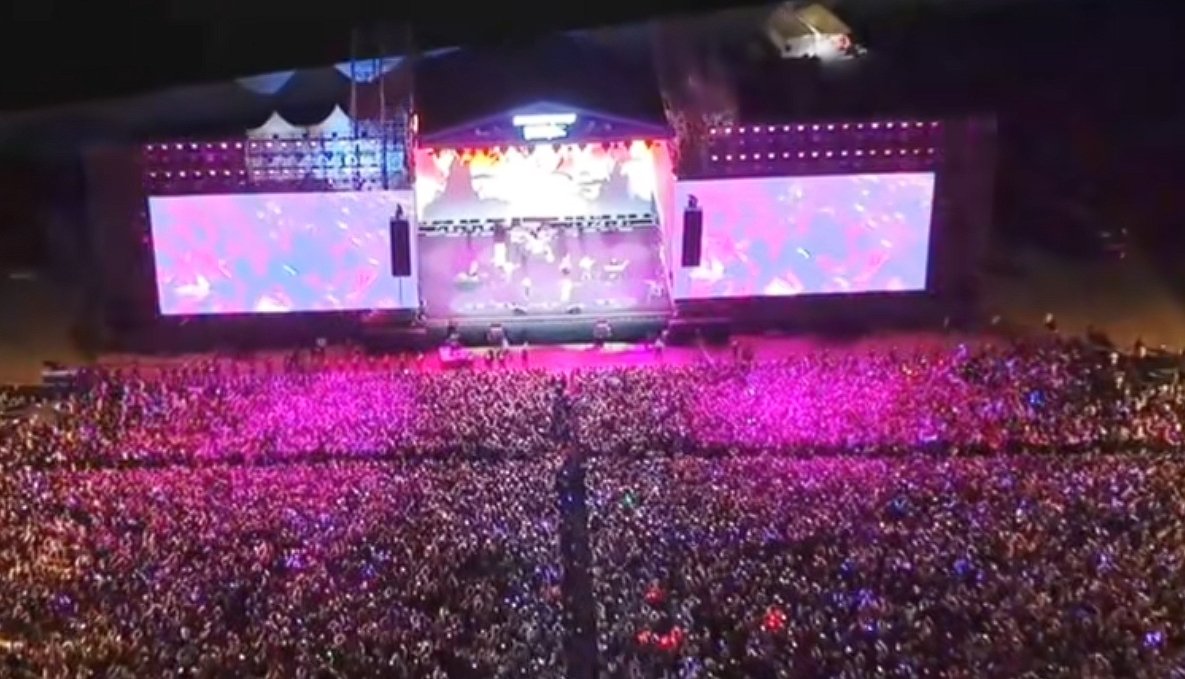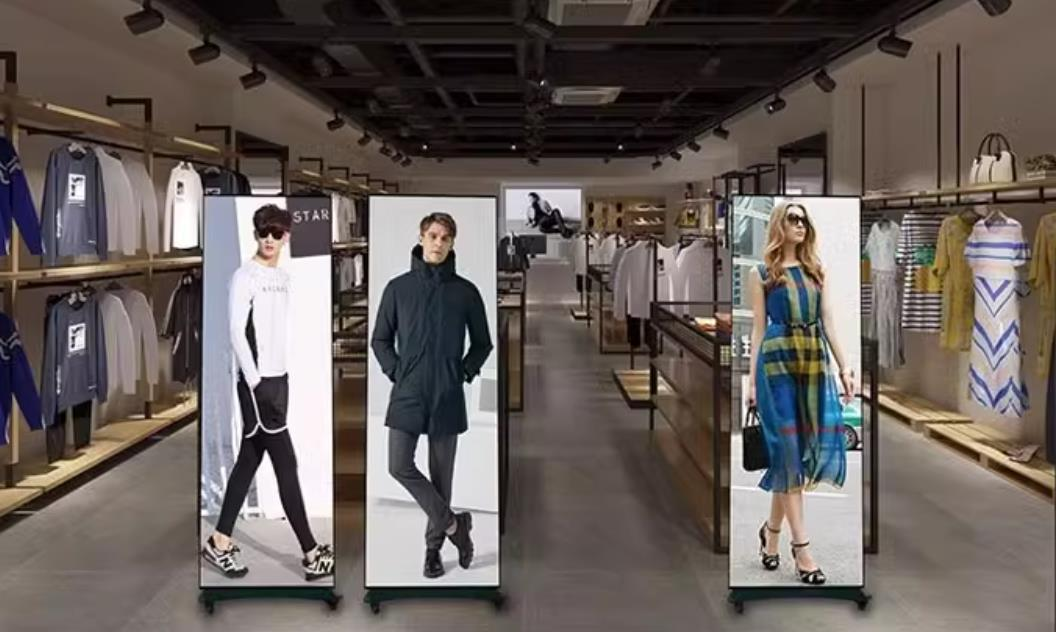In recent years, LED walls have emerged as one of the most transformative technologies in the world of visual display. From massive advertising billboards to intricate indoor installations, LED walls are becoming an integral part of how we experience visual content in various environments. But what exactly is an LED wall, and why has it become so popular in applications ranging from commercial advertising to entertainment? In this blog, we’ll explore the technology behind LED walls, their advantages, common applications, and the future of this exciting display medium.
What is an LED Wall?
An LED wall is a large-scale display made up of multiple LED panels or modules that are seamlessly connected to form one continuous screen. Each panel consists of thousands of tiny LEDs (light-emitting diodes) arranged in a grid. These diodes emit light when an electric current passes through them, creating a bright and colorful display. The size, resolution, and configuration of an LED wall can be customized to suit a variety of purposes, from stunning advertising displays to high-definition video walls in control rooms.
LED walls are typically modular, which means they are made up of many smaller panels that can be easily replaced or reconfigured. This modular design allows for endless customization, enabling the creation of large, irregularly shaped screens, curved walls, or even interactive surfaces.

Key Features of LED Walls
- High Brightness and Clarity LED walls are known for their exceptional brightness, even in environments with high ambient light. This makes them ideal for outdoor settings, where sunlight could otherwise overpower traditional screens. LED panels also offer excellent color accuracy and sharpness, delivering vibrant images and videos with fine detail.

- Seamless Display Unlike traditional screens that may suffer from visible bezels or borders, LED walls are designed to have minimal gaps between panels. This allows for a continuous, seamless display that provides an immersive viewing experience. The technology behind LED walls ensures that there are no visible lines or interruptions, even when multiple panels are used to create a larger display.
- Customizable Size and Shape One of the most appealing aspects of LED walls is their flexibility. Whether you need a giant display for an outdoor event or a more modest-sized screen for an exhibition, LED walls can be easily scaled to meet the requirements. Additionally, LED walls can be arranged in creative shapes, including curved or angular designs, to fit specific spaces or architectural features.



- Energy Efficiency LEDs are highly energy-efficient compared to traditional display technologies. An LED wall consumes less power while still producing high-quality visuals. This makes them a sustainable choice for large-scale applications, as they reduce both energy costs and environmental impact.
- Long Lifespan LED technology is known for its durability and long lifespan. LED walls can last for tens of thousands of hours, meaning they require less maintenance and fewer replacements than other types of displays. This makes them a cost-effective investment in the long run.
Applications of LED Walls
- Advertising and Marketing LED walls have revolutionized the world of advertising by offering dynamic, high-impact visual displays. From digital billboards on busy city streets to large-scale outdoor displays in stadiums, LED walls provide a captivating way to attract attention and deliver marketing messages. Their ability to showcase vibrant video content and high-definition imagery makes them ideal for advertisers looking to create unforgettable experiences for their audiences.

- Entertainment and Live Events In the entertainment industry, LED walls are used to create stunning visuals for concerts, theater performances, and sports events. They enhance live shows by projecting videos, graphics, and animations in real-time, providing the audience with a more immersive experience. For example, LED screens are often used as backdrops in concerts, displaying visuals that complement the music and lighting effects.

- Corporate and Control Rooms LED walls are also popular in control rooms, operations centers, and corporate offices, where they serve as large-scale monitoring displays. These displays allow multiple data streams to be shown simultaneously, such as live video feeds, analytics, and performance metrics. With their high resolution and customizable layout, LED walls can display complex data clearly and in an organized manner.

- Retail and Exhibitions In retail stores and exhibitions, LED walls are used to showcase products and create engaging, interactive experiences. Brands use these screens to display product demonstrations, run promotional videos, or offer interactive touchpoints for customers to engage with. LED walls have also become an essential part of trade shows and exhibitions, allowing exhibitors to stand out with visually striking displays.

- Public and Outdoor Spaces Due to their high brightness and visibility in daylight, LED walls are commonly used in public spaces like stadiums, shopping malls, and transportation hubs. They are often used for informational displays, real-time video broadcasting, or as entertainment features. For example, stadiums use LED walls to broadcast live sports events and advertisements to large crowds.

The Future of LED Walls
As technology advances, the potential of LED walls continues to grow. One exciting trend is the integration of smart technology. LED walls are becoming more interactive, allowing users to engage with the display through touch or motion sensors. This opens up new possibilities for interactive advertising, gaming, and immersive experiences in museums or educational settings.
Another development is the ongoing improvement in resolution and pixel density. As LED walls continue to evolve, we can expect even sharper, more detailed images, making them suitable for high-resolution video playback, virtual reality, and 3D mapping applications.
Moreover, wireless and remote control capabilities are improving, allowing for easier management and setup of LED walls in complex environments. The future also promises even more energy-efficient LED technology, further reducing environmental impact and operational costs.
Conclusion
LED walls have transformed the way we experience visual content, offering unparalleled brightness, clarity, and flexibility. Their applications across advertising, entertainment, corporate, and public spaces are vast and growing, providing businesses with the ability to create powerful, immersive experiences. As technology continues to evolve, LED walls will undoubtedly become even more innovative, paving the way for smarter, more engaging visual displays in the future. Whether you’re looking to captivate audiences with stunning visuals or enhance your business operations with dynamic data displays, LED walls are the future of visual communication.






